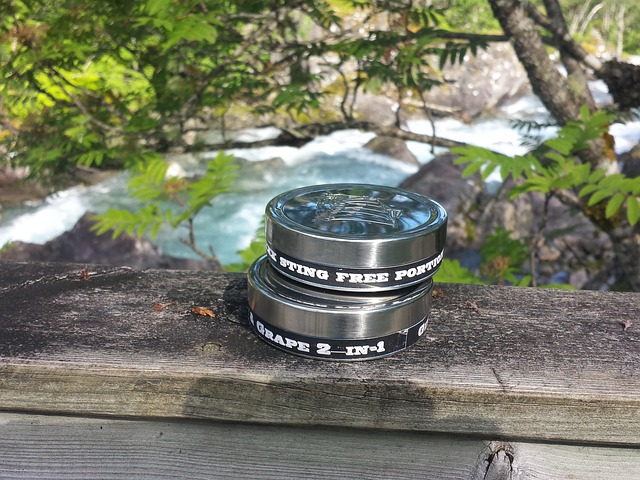After a kitchen leak or flood in New Braunfels, follow these steps to dry out a flooded house: shut off water supply, assess damage, remove wet items, use fans/dehumidifiers, thoroughly dry each room and surface, and consult professional restoration services for advanced drying techniques tailored to the situation.
Water damage from leaks in your New Braunfels kitchen can cause significant disruptions. This guide offers practical solutions for mitigating and repairing water-related issues, focusing on effective drying techniques and a step-by-step restoration process. Learn how to assess the extent of water damage, implement proper drying methods, and restore your kitchen to its pre-flood condition using proven strategies tailored to New Braunfels homes. Discover tips on “how to dry out a flooded house in New Braunfels” for a swift and efficient recovery.
- Assessing Water Damage in New Braunfels Kitchens
- Implementing Effective Drying Techniques
- Restoring Kitchen After Flood: Step-by-Step Guide
Assessing Water Damage in New Braunfels Kitchens

After a kitchen leak or flood in New Braunfels, assessing the water damage is crucial. The first step is to locate and shut off the main water supply to prevent further flooding. Once this is done, it’s essential to evaluate the extent of the damage. Look for signs like discolored walls, warped cabinets, or swollen floorboards—all indicators of water infiltration.
Next, start the drying process as soon as possible. Remove any wet items and use fans or dehumidifiers to expedite the drying. Ensure all affected areas are thoroughly dried out to avoid mold growth and structural damage. In terms of how to dry out a flooded house in New Braunfels, it involves systematic cleanup and ventilation, addressing each room and surface individually to ensure complete water mitigation.
Implementing Effective Drying Techniques

After containing and stopping the water source, the next crucial step in kitchen leak mitigation is implementing effective drying techniques. In New Braunfel, it’s essential to act swiftly due to potential mold growth and structural damage if left damp for prolonged periods. Professional restoration services often employ advanced equipment like air movers and dehumidifiers to expedite the drying process.
These tools help reduce humidity levels, prevent water seepage into walls, and speed up the healing process of your kitchen and home. Proper ventilation through open windows (when safe to do so) and strategic placement of fans can also aid in drying out a flooded house. Remember that each situation is unique; professional restorers will assess the extent of damage and tailor their drying strategies accordingly.
Restoring Kitchen After Flood: Step-by-Step Guide

After a kitchen leak or flood, it’s crucial to act swiftly to mitigate water damage and restore your New Braunfels home. Here’s a step-by-step guide on how to dry out a flooded house effectively:
1. Safety First: Ensure power is cut off at the main switchboard to prevent electrocution risks. Wear protective gear, including gloves and boots, as you navigate through the water. Begin by assessing the damage to understand the extent of the leak and its impact on your kitchen and adjacent areas.
2. Immediate Evacuation and Removal: If the flood is substantial, evacuate the house immediately. Remove any valuable items from water-logged areas, and turn off the water supply at the main shutoff valve if accessible. Start removing water-damaged materials like carpets, padding, or furniture to prevent mold growth and speed up drying.
3. Professional Assessment: Contact a licensed water mitigation specialist who can assess the situation, determine moisture levels, and provide a plan for effective drying. They will use advanced tools to remove standing water and monitor humidity levels to ensure complete dryness.
4. Drying Process: The specialist will employ various techniques such as air movement (using fans), dehumidifiers, or heated air drying systems to expedite the process. Every area, including walls, cabinets, baseboards, and ceiling tiles, should be thoroughly dried to prevent water damage and mold growth.
5. Restoration and Cleaning: Once the house is dry, begin restoration work. Disinfect surfaces, replace damaged items, and consider repainting or resealing to restore the kitchen to its pre-flood condition. Regular cleaning and monitoring will ensure that no residual moisture or mold remains.
When faced with a kitchen leak or flood in New Braunfels, swift action is crucial. By understanding the extent of water damage and implementing effective drying techniques, you can mitigate further harm. Following our step-by-step guide for restoring your kitchen ensures a thorough and successful recovery process. Remember, knowing how to dry out a flooded house is key to preserving your property and minimizing disruptions, so take action promptly and follow proven strategies for optimal results.
